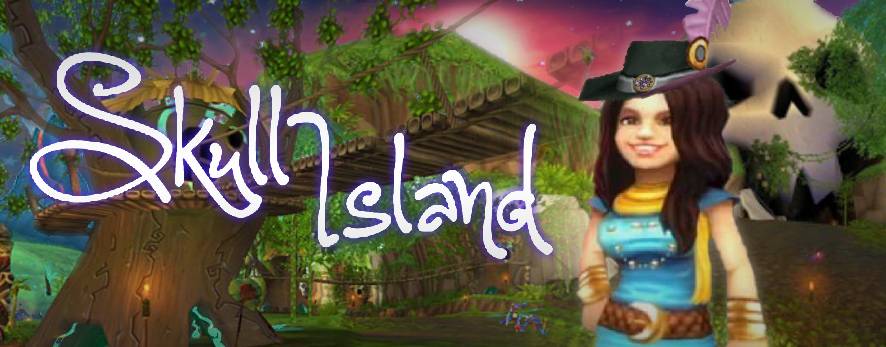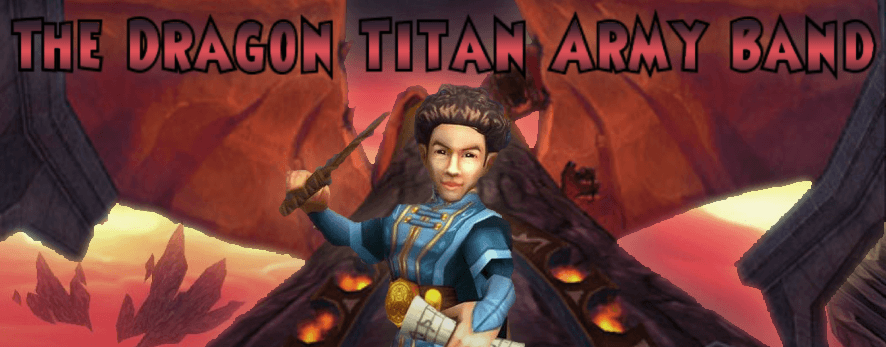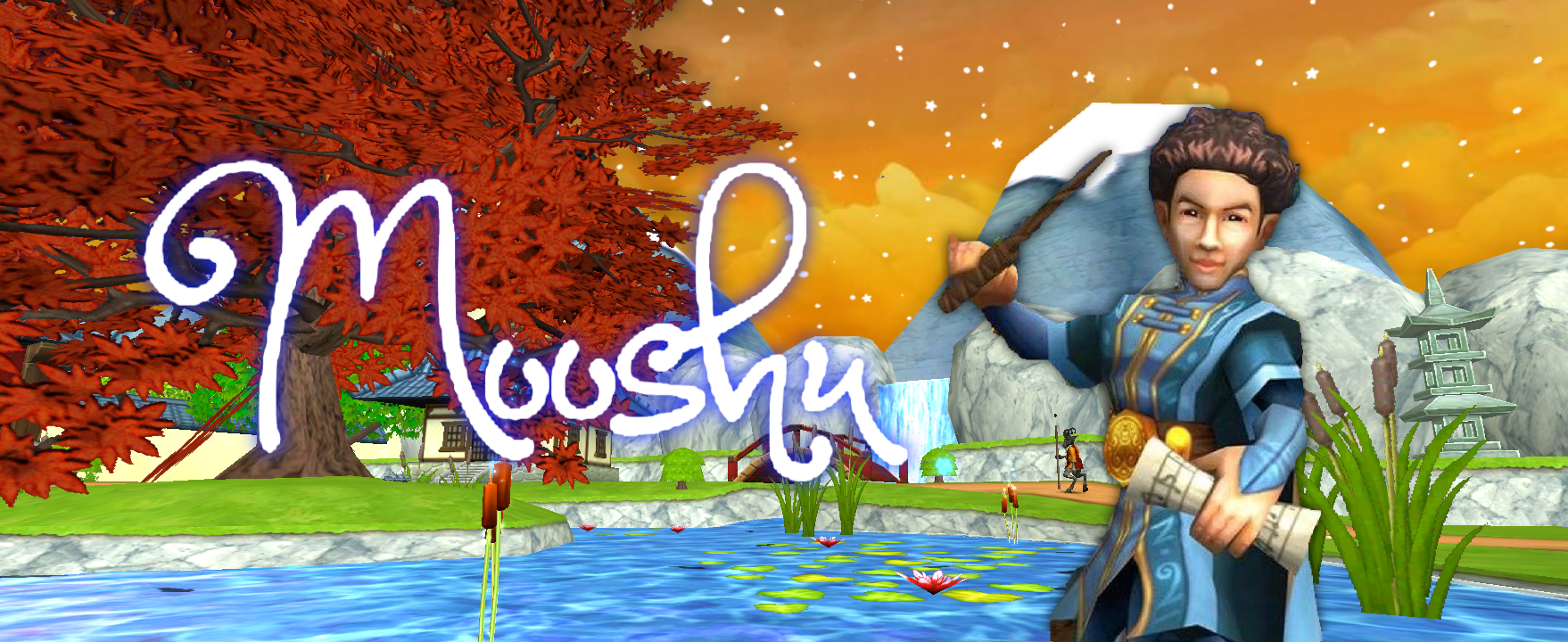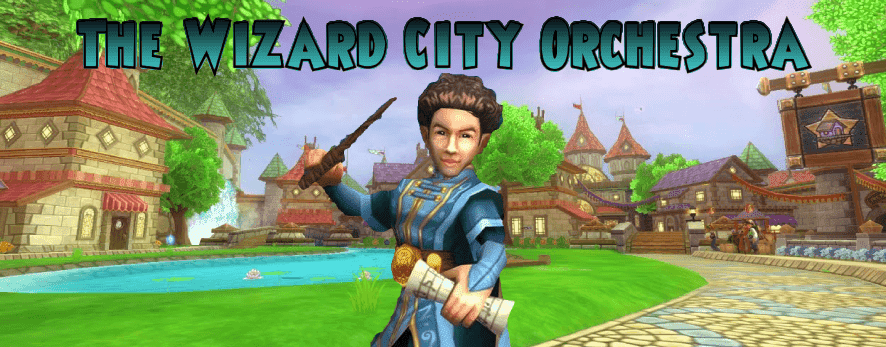Tag: theme
-

Skull Island’s Tavern Band
•
Somewhere in the Spiral, there’s a refuge for young pirates, orphaned when young who have turned to a life of crime. Marked by skull-shaped mountain, there is danger and treasure lurking all throughout the island region. Whether it’s hoodoo, dueling, brawling, treason, or smuggling, pirates ally with Captain Avery for…
-

The Dragon Titan Army Band
•
Intended for Musician and Non-Musician Alike “Things started turning darker. Kingsisle were talking about dark and epic Mordor Wagner ‘Flight of The Valkyries’ in The Ring Cycle. I am looking at concept art and the NPC characters had Russian military influence; All the architecture was darker – more foreboding.” –…
-

The Music of Mooshu
•
As the emperor falls ill, the factions of Mooshu wage war against each other and there is no way of knowing how it will all play out. Mooshu’s people are hesitant to trust us wizards because of Malistaire who stole their spiral key in an attempt to resurrect his beloved Sylvia. Let us delve into the…
-

The Wysterian Honour Band
•
Intended for Musician and Non-Musician Alike Welcome to the fourth annual Spiral Cup music competition, created to honor the success of our competitors in the Spiral Cup PvP competition. In the heart of Wysteria, Pigswick Academy thrives with the best school band of the Spiral, winning every single competition. Despite being the only competitor,…
-

The WizardCity Orchestra
•
Intended for Musician and Non-Musician Alike Wizard City, founded by Merle Ambrose, composed by Nelson Everhart, has an unexplainable joy located in the centre of the world that is uniquely magical. As we cross the line from magic to music, we will analyze through this guide the music that aids the…